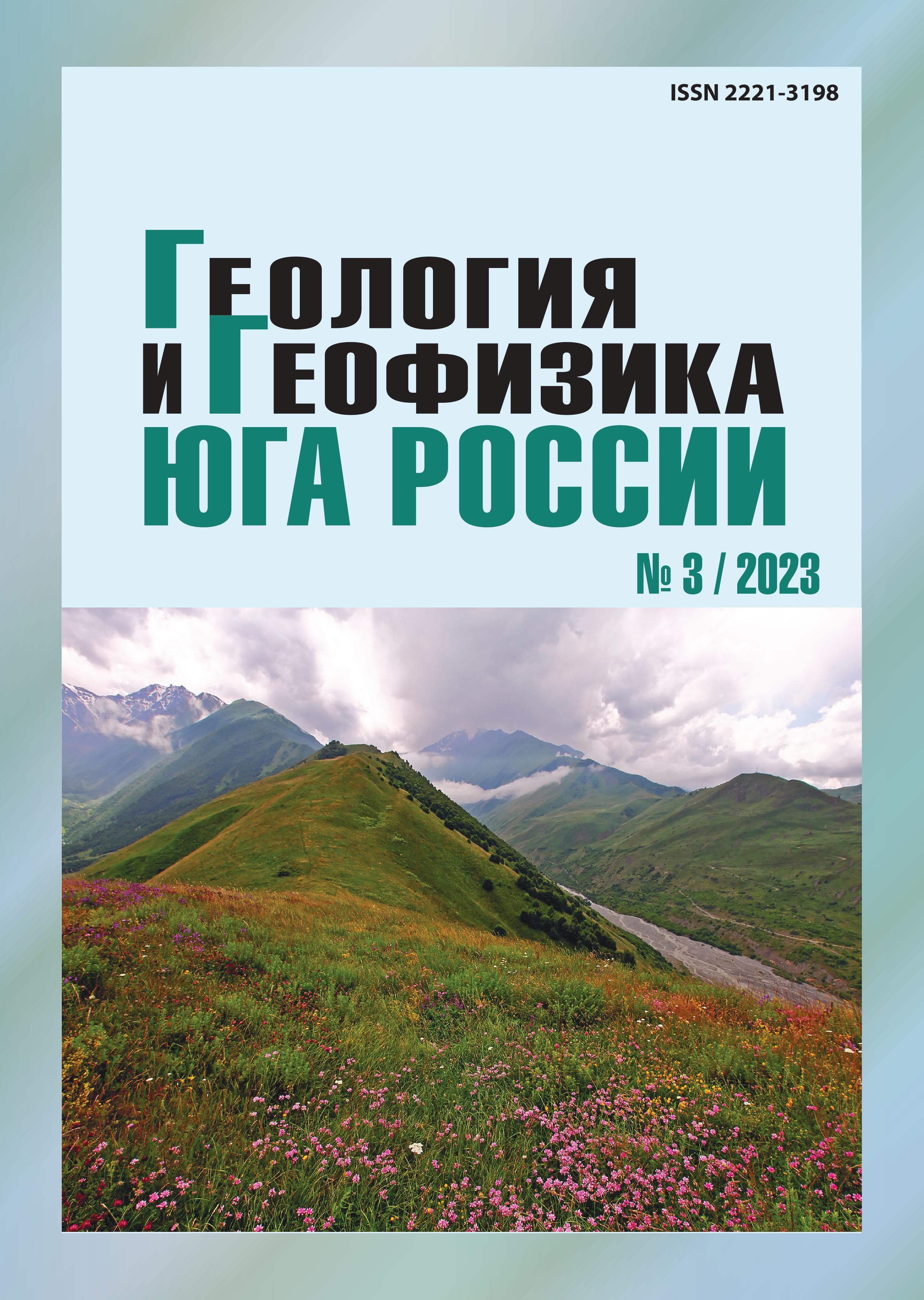Deep structure, seismicity, tectonics of the northern flank of the Greater Caucasus and the Terek-Caspian trough (North Ossetia) within the framework of a unified kinematic model based on new geophysical data
Abstract
Relevance. The study of the depth structure in the contact zones of lithospheric blocks in comparison with seismicity and recorded recent movements is of utmost importance for the correct understanding of geodynamic processes. The Caucasian collision zone is characterized by high geodynamic and tectonic activity and seismicity. The formation of the tectonic structure of the Caucasus mountain-fold structure (hereinafter referred to as the Caucasus) is primarily associated with subhorizontal compression stresses oriented, in general, across the strike, and at the present stage of development such stresses play a determining role. In order to represent the tectonic process within the framework of a unified kinematic model, the goal was set to unite the structures of the Greater Caucasus, the Ossetian Depression and the Sunzhensky Ridge by a single deep geophysical section. Methods. The method of microseismic sounding was applied to build the structures of the Greater Caucasus, the Ossetian Depression and the Sunzhensky Ridge as a single deep geophysical section. Results. A kinematic scheme of tectonic movements is proposed, which allows to explain the presence of a series of northward-dipping thrusts and thrusts in the tectonic zone of the northern monocline of the Caucasus. During collision of the fold-and-boulder mountain structure of the Caucasus and the Scythian plate, the upper 8-11 km layer thrusts faster into the Caucasus, slipping across the 8-11 km contact, and creates the listric of the Vladikavkaz fault. The thrusting is along the basement surface, which explains the seismicity confined to the basement-sediment boundary at a depth of about 10 km. In the vicinity of the Vladikavkaz fault, the sedimentary strata is bulging as it collides with the consolidated uplifted massif of the Caucasus. The Sunzhensky Ridge is an intermediate fold of this process. The faster uplift of the sides of the Vladikavkaz fault as compared to its central part recorded by satellite geodetic measurements is explained by the fact that for the southern branch of the fault it is associated with the bulging of the sedimentary strata during collision with the uplifted clastic front of the Caucasus. An independent uplift front is formed above the northern branch of the fault.


